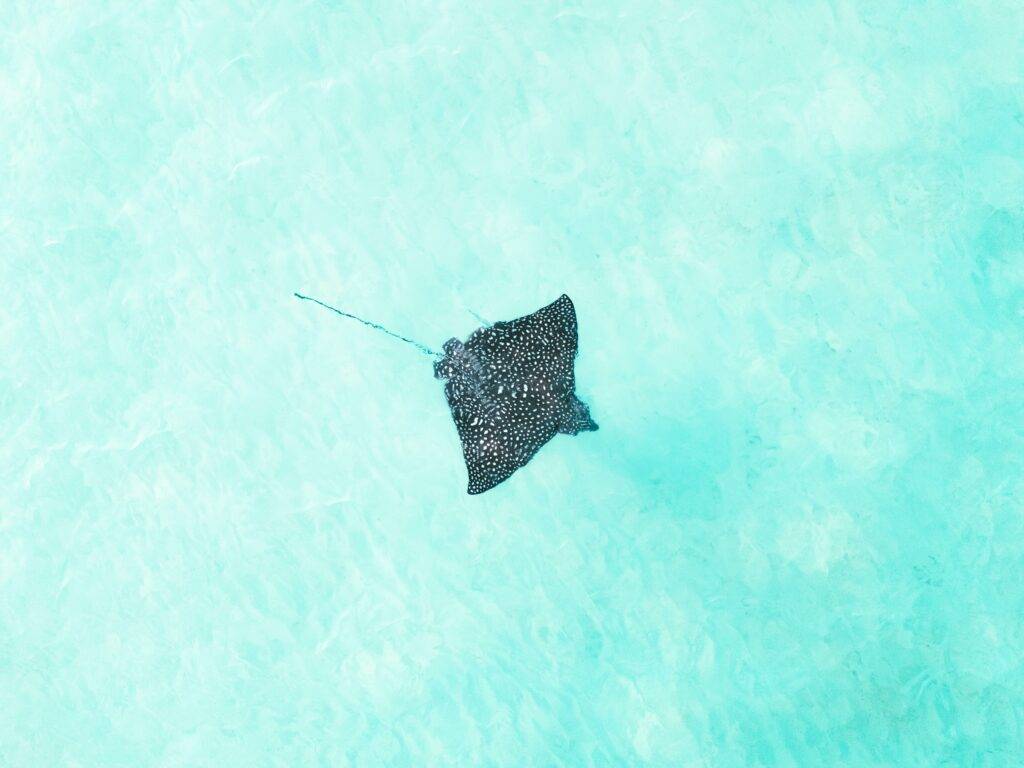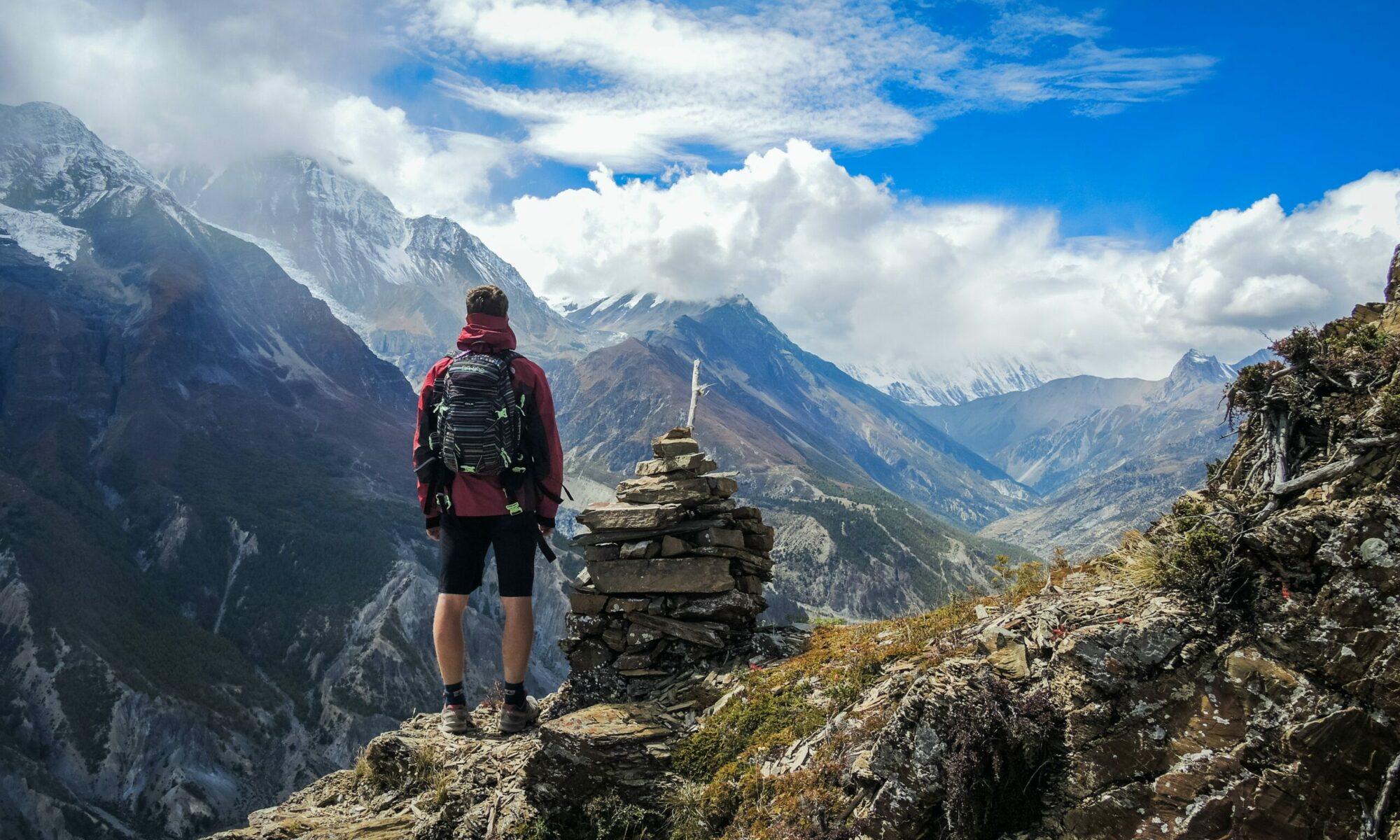Discover the enchanting beaches of Southern Spain in our guide. From lively Marbella to the tranquil shores of Tarifa, embark on a sun-soaked adventure!
What would your ideal beach day look like? Picture yourself soaking up the sun, feeling the gentle waves lap at your feet, and savoring the salty air mixed with a hint of something delicious from a nearby beach bar. Southern Spain has a multitude of beaches that offer precisely this experience, along with a rich cultural backdrop. Let’s take a journey through some of the best beaches in this sun-soaked region, exploring not just the scenery but the soul of southern Spain.

Understanding Southern Spain’s Coastal Charm
Southern Spain is a mosaic of cultural influences, stunning landscapes, and, of course, extraordinary beaches. Each beach you visit tells a story, whether it’s about ancient civilizations, colorful fiestas, or simple afternoons basking in the sun with friends and family. The region famously boasts over 2,000 kilometers of coastline, presenting an almost overwhelming number of choices for beachgoers.
You’ll find everything from bustling beach towns to hidden coves that promise tranquility and solitude. With each spot you choose, you’ll be navigating through both well-known treasures and delightful hidden gems.
The Mediterranean versus the Atlantic Coast
While the term “southern Spain” can evoke visions of sun-kissed beaches along the Mediterranean Sea, it’s essential not to overlook the stunning Atlantic coastline. The two coasts offer dramatically different experiences.
- Mediterranean Coast: Known for its warm, calm waters, this coast is perfect for sunbathing, swimming, and family-friendly activities. The beaches are typically sandy, lined with resorts and all the amenities you could want.
- Atlantic Coast: This coastline, particularly around Tarifa, is famous for its strong winds, making it a hotspot for windsurfing and kitesurfing. The beaches tend to be more rugged, offering dramatic cliffs and natural beauty that draws in those looking for adventure.
Recognizing the unique allure of both coastlines will help you tailor your beach adventures to your preferences.
The Jewel of the Costa del Sol: Marbella
Why Marbella?
Marbella might just be the most renowned beach destination in Southern Spain, and for good reason. The combination of glamorous beach clubs, charming old town streets, and high-end boutiques create a vacation vibe like no other. You can enjoy picturesque views that are as rich in culture as they are in natural beauty.
Playa de la Fontanilla
This beach stands out for its clean waters and welcoming atmosphere. Ideal for families, you’ll find all the necessary amenities, such as showers, sunbeds, and a range of beach bars offering everything from light snacks to delicious local dishes. Embrace the opportunity to spend the day under the sun, with easy access to nearby restaurants for a refreshing lunch.
- Facilities: Showers, restrooms, bars, and restaurants nearby.
- Activities: Swimming, sunbathing, and beach volleyball.
Playa de Cabopino
If you’re seeking a more laid-back vibe, Playa de Cabopino is your ultimate retreat. Nestled between sand dunes and a charming marina, you can feel the tranquility wash over you. This beach is less commercial, giving you the chance to unwind and connect with nature.
- Facilities: Beach bars, sun loungers, and a few shops.
- Activities: Swimming, paddleboarding, and exploring the natural surroundings.
The Wild Beauty of Tarifa
An Introduction to Tarifa
Tarifa, often referred to as the “Wind Capital of Europe,” offers not just a beach but a whole experience. This charming town is located at the southernmost point of Spain, where the Mediterranean meets the Atlantic. The fusion of cultures here is vibrant, adding to its eclectic beach atmosphere.
Playa de Los Lances
This beach is expansive, featuring golden sands and clear waters. Playa de Los Lances is famous for its wind conditions, which attract kitesurfers and windsurfers from around the globe. Watching the colorful sails in the air is a mesmerizing sight that adds a lively spirit to the beach.
- Facilities: Windsurfing schools, restaurants, and beach showers.
- Activities: Kitesurfing, windsurfing, and beach jogging.
Playa de Bolonia
If you’re looking for an untouched paradise, head to Playa de Bolonia. With its dramatic dunes and ancient Roman ruins nearby, this beach feels like a step back in time. The turquoise waters are stunning, making it a perfect spot for swimming, but the real treasure lies in the eponymous archaeological site.
- Facilities: Limited amenities, preserving its natural charm.
- Activities: Swimming, exploring ruins, and enjoying local seafood.
The Allure of the Costa de la Luz
Discovering the Costa de la Luz
Stretching from the Algarve in Portugal to Tarifa, the Costa de la Luz is a treasure trove of hidden beaches and quaint fishing villages. This coastline is known for its golden sands and rich cultural experiences.
Playa de la Victoria in Cádiz
Situated right next to the historic city of Cádiz, Playa de la Victoria is a local favorite. This bustling beach is perfect if you’re looking to soak in the vibrant atmosphere, enjoy watersports, or grab a bite at one of the plethora of beachside bars.
- Facilities: Sun loungers, showers, and various dining options.
- Activities: Sunbathing, surfing, and enjoying the nightlife.
Playa de Matalascañas
Known for its unique proximity to the Doñana National Park, Playa de Matalascañas offers a mix of nature and beach life. You can spend your day lounging by the sea and then take a short trip to explore diverse wildlife and stunning landscapes in the national park.
- Facilities: Restaurants and small shops.
- Activities: Swimming, birdwatching in the national park, and hiking.

The Historical Beaches of Almería
Why Almería?
Almería, often overshadowed by its more popular neighbors, boasts some of the most unspoiled beaches in Southern Spain. Its arid landscapes combined with stunning coastlines offer a charming contrast.
Playa de los Muertos
This stunning beach, known as “Beach of the Dead,” is one of Spain’s most picturesque beaches, with crystal-clear water and white pebbles. The beach is surrounded by cliffs, providing a film-like background that draws not just beachgoers but photographers and filmmakers alike.
- Facilities: Limited, maintaining a natural environment.
- Activities: Swimming, snorkeling, and photography.
Playa de las Salinas
Tucked away near the Natural Park of Cabo de Gata, Playa de las Salinas offers a more isolated beach experience. The natural setting allows you to appreciate the beauty of untouched shores, complete with soft sands and captivating sea views.
- Facilities: Minimal; perfect for nature lovers.
- Activities: Swimming, sunbathing, and enjoying solitude.
Cultural Influences on Beach Life
The Beach as a Cultural Hub
Southern Spain’s beaches have always been more than just a place to sunbathe. They serve as cultural hubs where locals and visitors gather for festivities, communal meals, and artistic expressions.
Gastronomy on the Beach
Indulging in local cuisine is a crucial part of your beach experience. Many beaches feature beach bars, known as chiringuitos, where you can enjoy delicious seafood and traditional dishes while listening to the sound of the waves lapping at the shore. Don’t miss trying the local espeto, which is grilled sardines typically cooked over open flames.
Festivals and Events
Many beach towns celebrate annual events that spotlight local culture. Look for Flamenco festivals, seafood fairs, or beach volleyball tournaments that offer a glimpse into the vibrant life of southern Spain. These events are perfect opportunities to meet locals and tourists alike, all while soaking up the lively atmosphere.
Tips for Your Beach Journey
Time of Year to Visit
The best time to enjoy southern Spain’s beaches is during late spring or early fall. The weather is pleasantly warm but not overly hot, and you’ll find the beaches less crowded than in peak summer. Visiting during this time allows you to savor both the sun and the laid-back charm of local life.
Packing Essentials
To ensure your beach trip is enjoyable, remember to pack the essentials:
| Essentials | Why You Need Them |
|---|---|
| Sunscreen | Protect your skin from harmful UV rays. |
| Beach Towel | For lounging, drying off, or making sand castles. |
| A Good Book | Perfect companion for a serene day by the water. |
| Reusable Water Bottle | Stay hydrated while being eco-friendly. |
| Flip-flops or Sandals | Comfortable footwear is a must for hot sand. |
| Snacks | Quick munchies to keep your energy up. |
Safety Considerations
Ensure you pay attention to local safety signs, particularly regarding swimming conditions and other water activities. Always stay aware of the weather, particularly on the Atlantic coast, where conditions can change quickly.
Embracing the Beauty and Diversity
As you journey through Southern Spain’s remarkable beaches, you’ll find that each destination is unique, bursting with its own mythology, activities, and perspectives. Your days can vary from seeking adventure on the windswept shores of Tarifa to soaking up the sun in the lavish surroundings of Marbella.
Every beach offers not just a place to unwind but an invitation to connect with the local culture and environment. Whether you are traversing the rugged edges of the Atlantic or relaxing on the serene Mediterranean coast, you’re sure to carry home unforgettable memories that echo in the laughter of friends, the flavors of local dishes, and the soothing rhythms of the ocean.
Your beach adventure in Southern Spain promises to be not merely a getaway but a journey of sun and soul. Enjoy every moment, for these experiences shape not just your travels but also the fabric of your story.


